France;
A Wine Guide
France is widely considered to be the centre of the wine world as we know it. The wine regions of France are household names, even for those who know little about viniculture. Bordeaux, Champagne and Burgundy are just some of its most infamous regions. To learn about French wine, delve into the individual regions below to discover more…
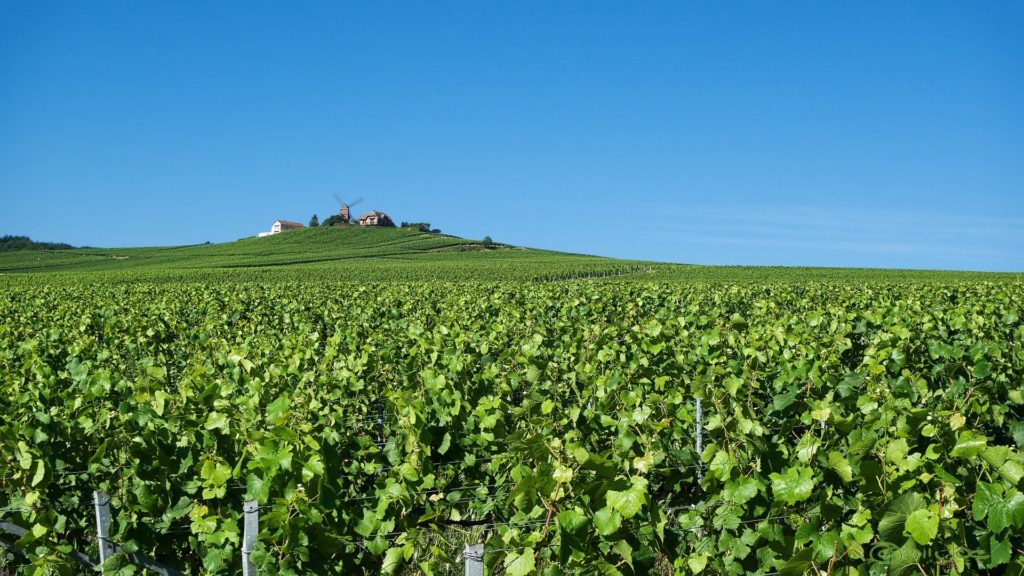
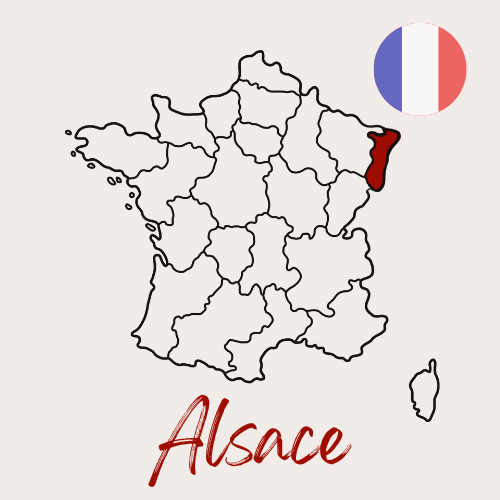
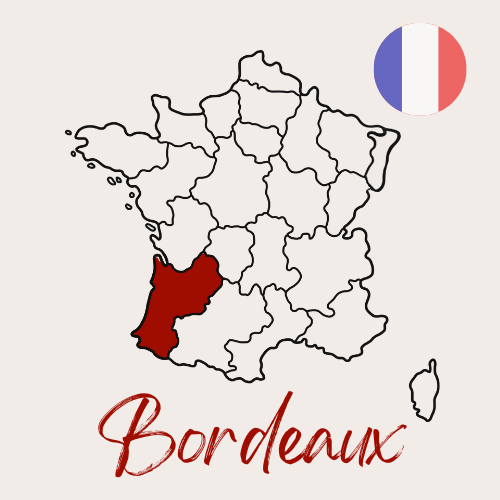
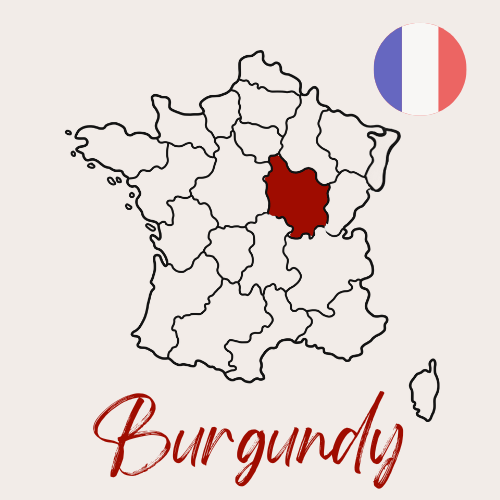
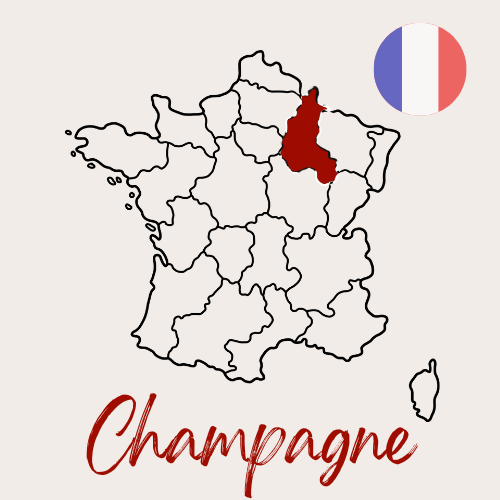
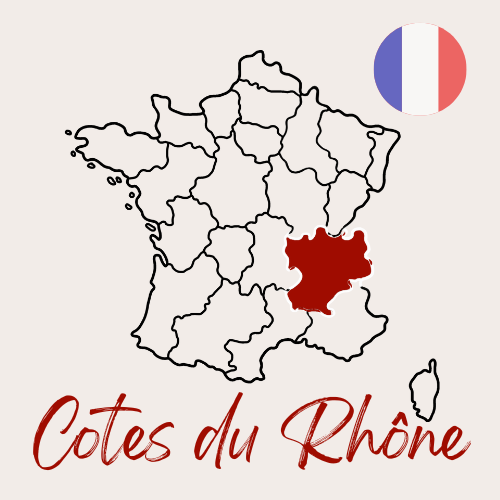
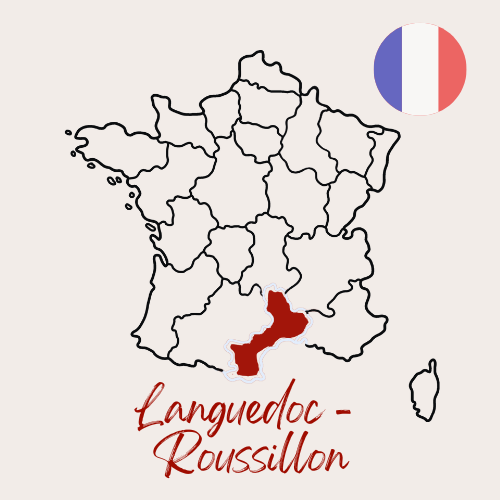
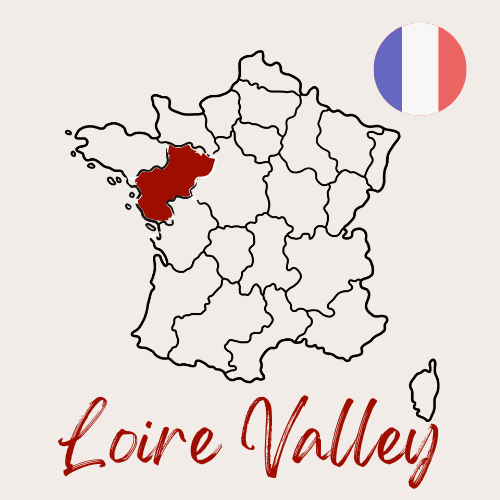
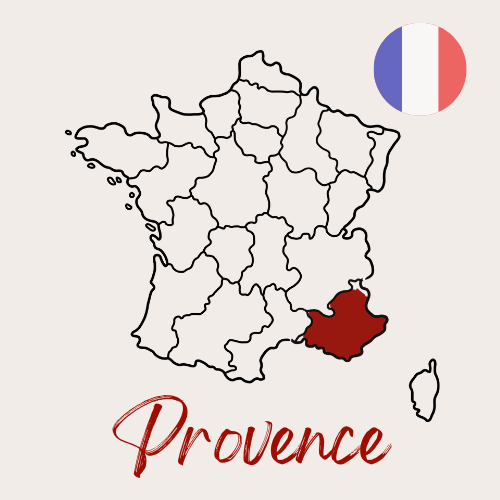
So why is French wine so famous?
Think of France and it’s difficult not to think about baguettes, beautiful cities, and importantly… wine! So where did France’s fascination and frankly, fabulous, French wine come from?
Well in part, French wine is so famous because some of the most expensive bottles in the world come from France. Year on year, France produces incredibly consistent high quality wine from excellent vintages. Moreover, French wine grapes are used all over the world; grapes like Malbec, which Argentina is now famous for, actually originated from the Southwest of France. Similarly, Carmenere, originally from Bordeaux (in France), is now the stand-out grape of Chile.
What is terroir?
The French also invented the unique idea of “terroir”. While “terroir” doesn’t have a direct translation to English, it roughly means ‘place/sense of place’, the idea that a wine can grow from an extremely unique plot of land that has its own climate, soil type and vines. All of which directly influence the taste of the wine. It’s often said that places such as Burgundy, for example, can produce wine that changes dramatically from neighbouring vineyards, and this is all to do with the wine’s particular “terroir”.
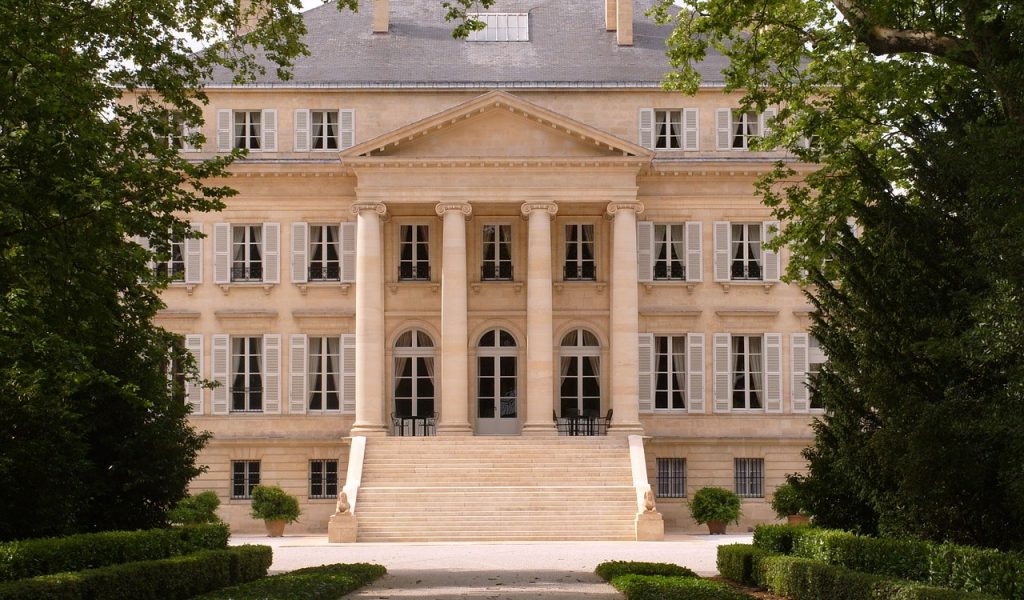
The History of French Wine
Wine in France can be found as early as the 6th century BC when the Phoenicians, likely made up of Greek immigrants, brought vines over from Phocae. Later, as with most great European wine stories, the Romans did their best to cultivate vines in what was then known as Gaul. As far as the Romans understood it, grapes tended to grow in similar areas to olives and figs; so did their best to grow vines alongside these crops.
As the Roman Empire declines in 6th century AD, the rise of the Catholic Church meant the control of France’s vineyards were often overseen by Monasteries, and importantly, monks. These monks kept incredibly detailed records of their vines and were generally excellent at vineyard management.
Following the French Revolution in 1789, France’s vineyards were sold or given away by Napoleon I. Interestingly, the affects of Napolean’s actions are still being felt today, especially since he created an edict which meant vineyards in Burgundy had to be passed down equally to all children as inheritance. This law still stands, and even today, the majority of Burgundy’s vineyards are often part-owned by hundreds of distant family relations. Some owning as little as a single vine.
France was not spared from Europe’s deadly vine-eating insect-ridden plague, Phylloxera, and from 1860-66, France was struck too. Likely to have originated in the Southern Rhone, Phylloxera spread across France and throughout the world. Once American rootstock was bought to Europe to salvage the carnage, it was too late, and it is thought several prominent grapes were lost.
Today, France is known throughout the world as one of the leading wine countries – with a culture so ingrained in wine, it’s practically become caricature. That said, 204 different grape varieties are now grown in and across France, with most regions across the country, such as Bordeaux, Burgundy and Champagne acting as the pinnacle of fine wine.
What kind of climate does France have?
France has an incredibly diverse climate, meaning it is ideal for growing lots of different grape varieties. Although, in essence, France’s climates can be split into three:
Continental climate
The continental climate is defined by moderate to warm summers and often very cold winters. Regions that are described as having a continental climate in France would be Champagne and Burgundy.
Maritime climate
A maritime climate, or oceanic climate, is defined by its proximity to oceans or seas. Here the influences of the Atlantic are felt strongly in Bordeaux and the Loire Valley.
Mediterranean climate
Lovely and sunny, the mediterranean climate provides extremely hot summers and mild weather in winter too. The Southern Rhone and Provence are well known for having this mediterranean influence.
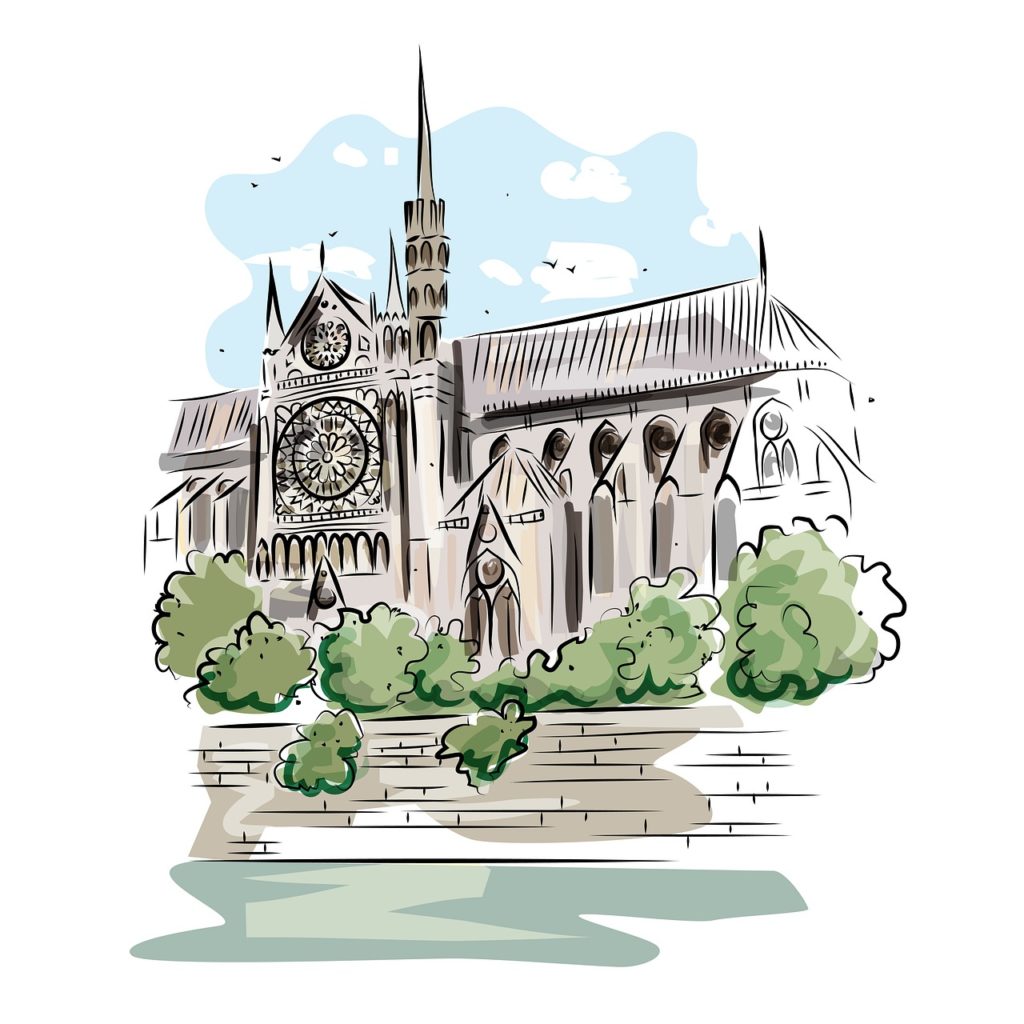

French wine law
France, as most of Europe is, is governed by two varying strands of wine laws and designations. The GI (Geographical Indication) is a legally defined area; although in general, this can be vague – the area can be large, like a whole region, or small like a simple appellation (area) or vineyard. You can have either a PGI (Protected Geographical Indication) or a PDO (Protected Designation of Origin). Generally speaking, a PGI is a larger area with less restrictions in terms of winemaking practices, whereas a PDO is a smaller, more defined areas with greater restrictions.
French PGI labelling terms
- IGP (Indication Géographique Protégée)
- VdP (Vin de Pays)
French PGI labelling terms
- AOP (Appellation d’Origine Protégée)
- AOC (Appellation d’Origine Controlée)
